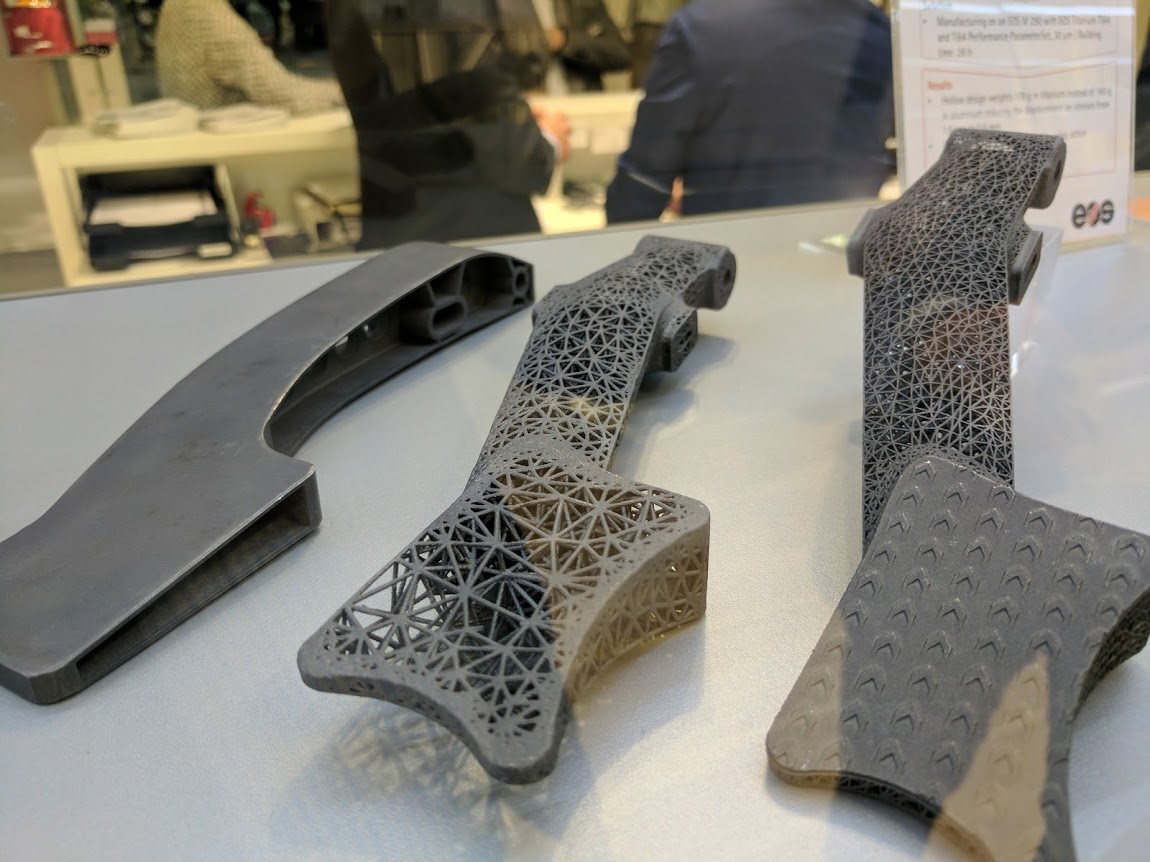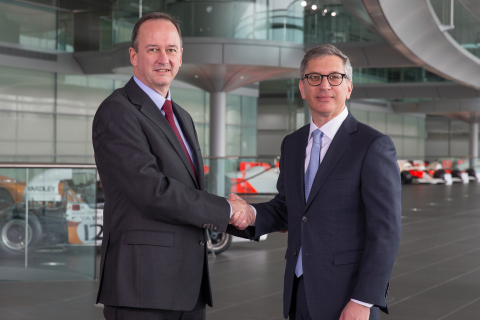McLaren Racing has announced a new four-year partnership with 3D printing company Stratasys to provide additive manufacturing solutions. The British Formula One team will be installing the Stratasys machines at their McLaren Technology Centre in Woking, UK.
The use of additive manufacturing is quite secretive in the popular Motorsport, as are most manufacturing techniques, and we reviewed this following the dramatic conclusion of the 2016 season. Furthermore, we have also delved into the use of additive manufacturing in F1’s ‘younger brother’ Formula Student. Where we saw the technology being used more openly by the less secretive University teams. Nevertheless, it is known that the top Formula One teams use 3D printing for prototyping purposes as we found out when we spoke to Force India.

What will Stratasys bring to the table?
Stratasys will be providing their latest FDM and Polyjet 3D printers in addition to their advanced materials to the F1 team, making the company McLaren’s official supplier of 3D printing solutions. According to McLaren, they will use Stratasys’ technology for “visual and functional prototyping, production tooling including composite tooling, and customised production parts – enabling”… “accelerated delivery while increasing performance and productivity in design and manufacturing operations.” As Force India’s Robert Fernley explained before, speed of production is a major attraction for the use of 3D printing technology as McLaren similarly cite.
According to racing director at McLaren, Eric Boullier, “It has become clear that motorsport’s reliance on rapid prototyping and additive manufacturing, and the ability to radically cut time to market, is increasing, and we look forward to being well served by our new alliance with Stratasys.” With new car rules constantly being written in to F1, it is no surprise that the teams are opting for additive manufacturing in order to stay ahead.

Stratasys CEO, Ilan Levin revealed how he expects the company to also gain from the partnership. As he explains,
McLaren Racing will be leveraging our nearly 30 years of 3D printing and additive manufacturing experience to stay at the forefront of motorsport technological development. Stratasys will also gain invaluable feedback and insights from working with ultra-high performance automotive applications, which we can then apply to our mainstream automotive and aerospace customers.
Stratasys expect to be rewarded with significant experience by optimizing their 3D printing offerings on the basis of the Motorsport team’s needs.
Sign up to our Newsletter to stay up to date with applications of 3D printing.
Featured image shows the McLaren Formula 1 car during the 2016 season. Photo via SkySports.



